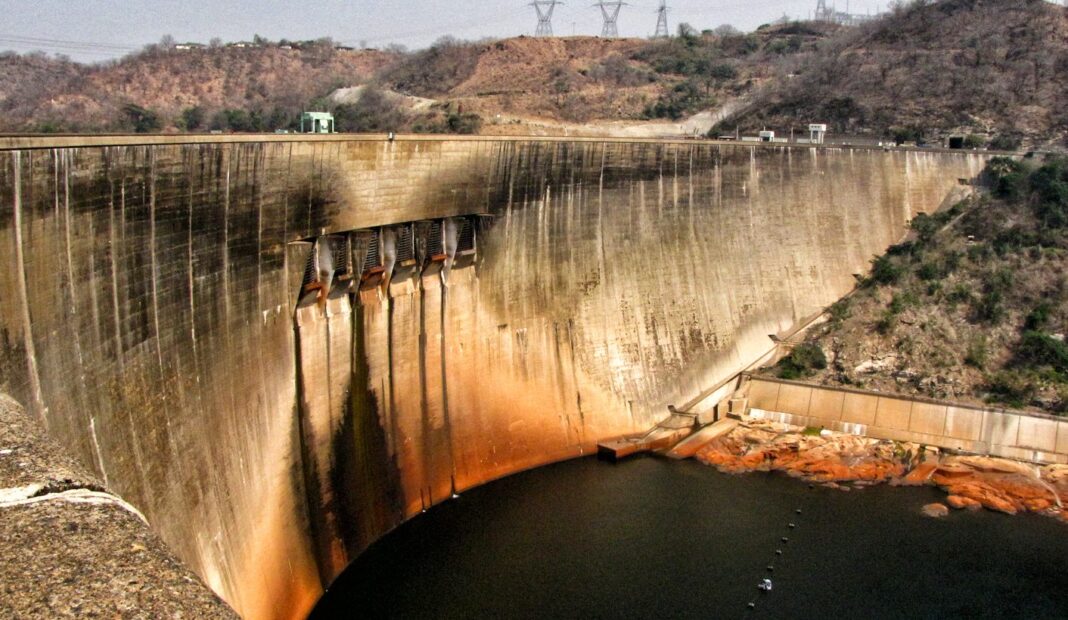More than 11,000 people have been killed and tens of thousands are missing following the catastrophic collapse of two dams in the eastern Libyan city of Derna. The dam collapse came after an extreme storm, Storm Daniel, slammed into the north African country. The Conversation Africa’s Moina Spooner asked water resources and engineering expert Nadhir Al-Ansari, who has researched the design and safety of dams, to provide insights into the disaster.
How does extreme weather affect the stability of dams?
Dams are usually built to withstand heavy rainfall or drought. The design and construction of a dam takes into consideration all possible effects. All factors, including the type of building materials, the design of the foundation and the stability of a dam, as well as expected floods and earthquakes and even military action, are taken into consideration when planning a dam.
Aside from how the dam is constructed, there should be safety provisions in place. For instance, in cases of storms, the engineers should release the water to ensure that a dam’s maximum carrying capacity is not exceeded.
In the Libyan case, I believe that the management of the dams was not good. The engineer responsible for the dam should have made sure the water did not exceed the dam’s upper carrying capacity. When he noticed that a huge volume of water was entering the reservoir he should have released large quantities of water to keep its level lower than the upper limit.
Research shows that the main causes of dam failure are foundation problems (40%), inadequate spillway (23%), poor construction (12%) and uneven settlement (10%). A site for a dam will not always be level because dams are built in mountain areas, but the designers must take that into consideration. The dam design must suit the topography. Among the rarer causes of dam failures are acts of war (3%), defective material (2%) and earthquakes (1%).
In Libya’s case, bad management appears to have been the cause of the dam’s collapse.
Could this tragedy have been avoided?
Yes, if the responsible people operating the dams had opened the gates to release water. When those responsible for the water management of the dam ignore heavy rainfall then one can expect such disasters to occur.
Dam managers should also know each dam’s catchment area and how much rainfall is forecast. This requires coordination between meteorologists and the staff responsible for the management of dams. When heavy rainfall is expected, the meteorology department should inform dam managers who can then make arrangements for the release of water to keep it within the dam’s operational limits. This is the usual practice in all the dams I’ve studied in Iraq.
In this case, there must have been a breakdown in communication between the meteorological department and engineers managing the dams.
How do engineers and authorities typically monitor the structural integrity of dams?
Dams should have a regular inspection programme that takes into consideration all parts of the dam. All countries with dams, whether in the US, Iraq or Sweden, have regular inspections. There should be instruments for monitoring cracks in a dam’s walls and any changes in its structure. Once identified, they must be attended to immediately.
In Libya’s case, if they had opened the sluice gates to keep water within the dam’s carrying capacity, the collapse of the dams would have caused less damage.
Are there emerging technologies or innovations to improve safety?
There are a number of models and techniques and each dam has its own model or technique that the designer suggests. Planning for extreme weather events is usually done at the design stage of the dam. The designer is meant to give a thorough report on the stability of the dam against various factors, including weather.
Different scenarios are given according to the water level in the reservoir of the dam to prevent dam failure. The government concerned should know what to do in case of dam failure, guided by the design information.
For instance, in my study of Iraq’s Mosul dam, which took place after the dam was constructed, I suggested that a protection dam be built downstream to secure the safety of the downstream area and its population. Safety steps can be taken even after construction of the dam.
The other safety measures relate to housing and other developments in areas downstream. In Libya’s case, there was poor planning. The areas downstream from the dams should not have been used for housing.
Ultimately, the dam failure in Libya could have been prevented, or at least the losses could have been minimised, if the engineers on site had released the water from the reservoir once the storm started.
The story first appeared in The Conversation.



